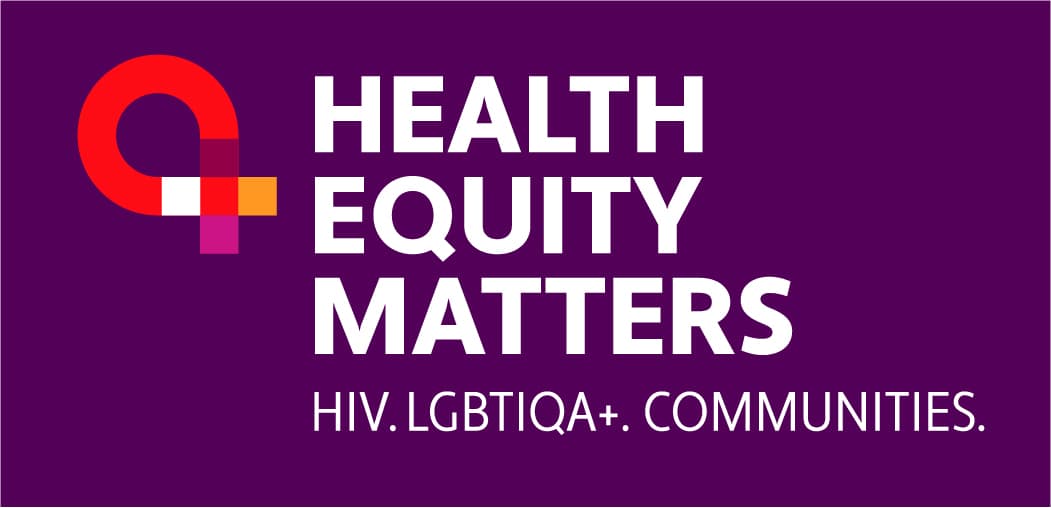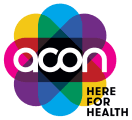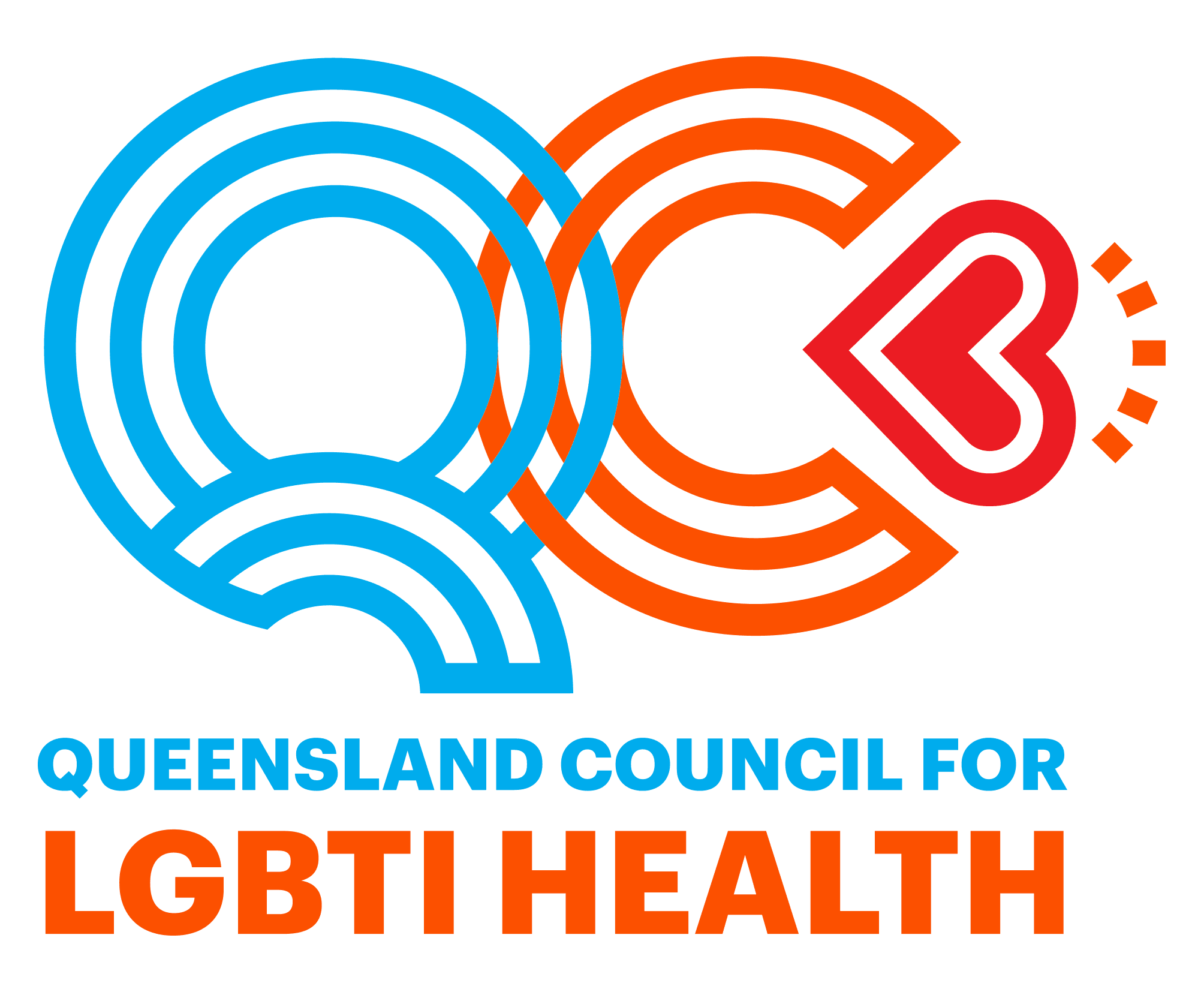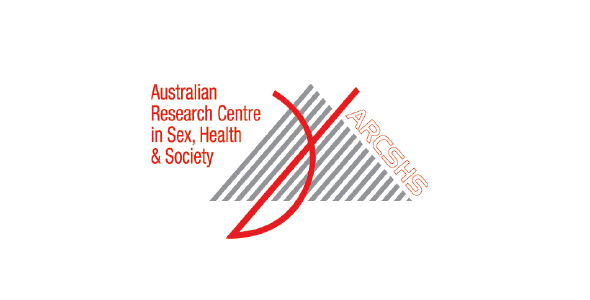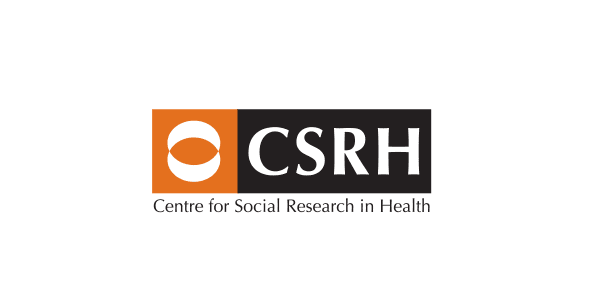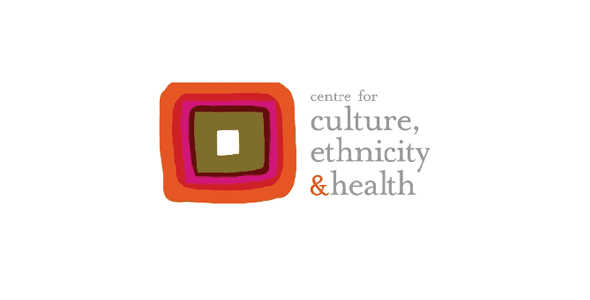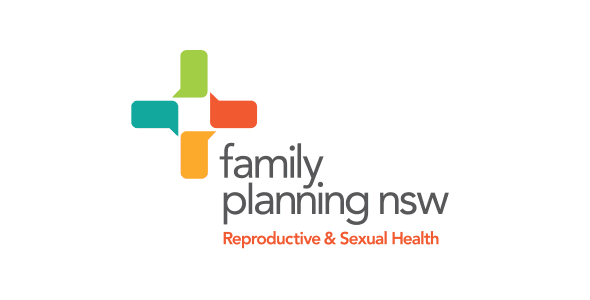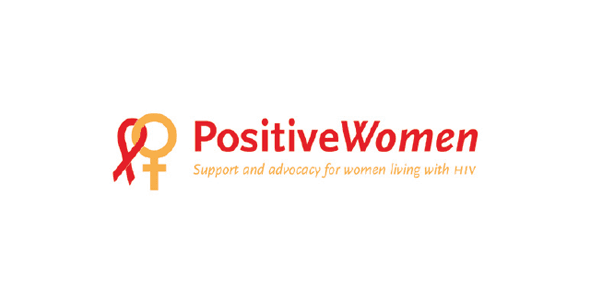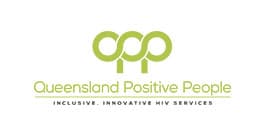Agenda 2025
Australia can end HIV transmission by 2025 and achieve virtual elimination. This historic achievement will only happen with a clear plan, refocused policy commitments and sustained effort.
Agenda 2025 is our plan to achieve this goal.
- Our Work/
Agenda 2025
Agenda 2025 is a fully-costed plan which draws upon evidence-based research and is backed by top researchers, leaders and clinicians in Australia’s community-led HIV response.
2025 Targets
95%
of people living with HIV are diagnosed
95%
of people at risk of HIV infection use one or more forms of effective HIV prevention
98%
of diagnosed people living with HIV are on treatment
95%
of people living with HIV report no stigma in the last 12 months
